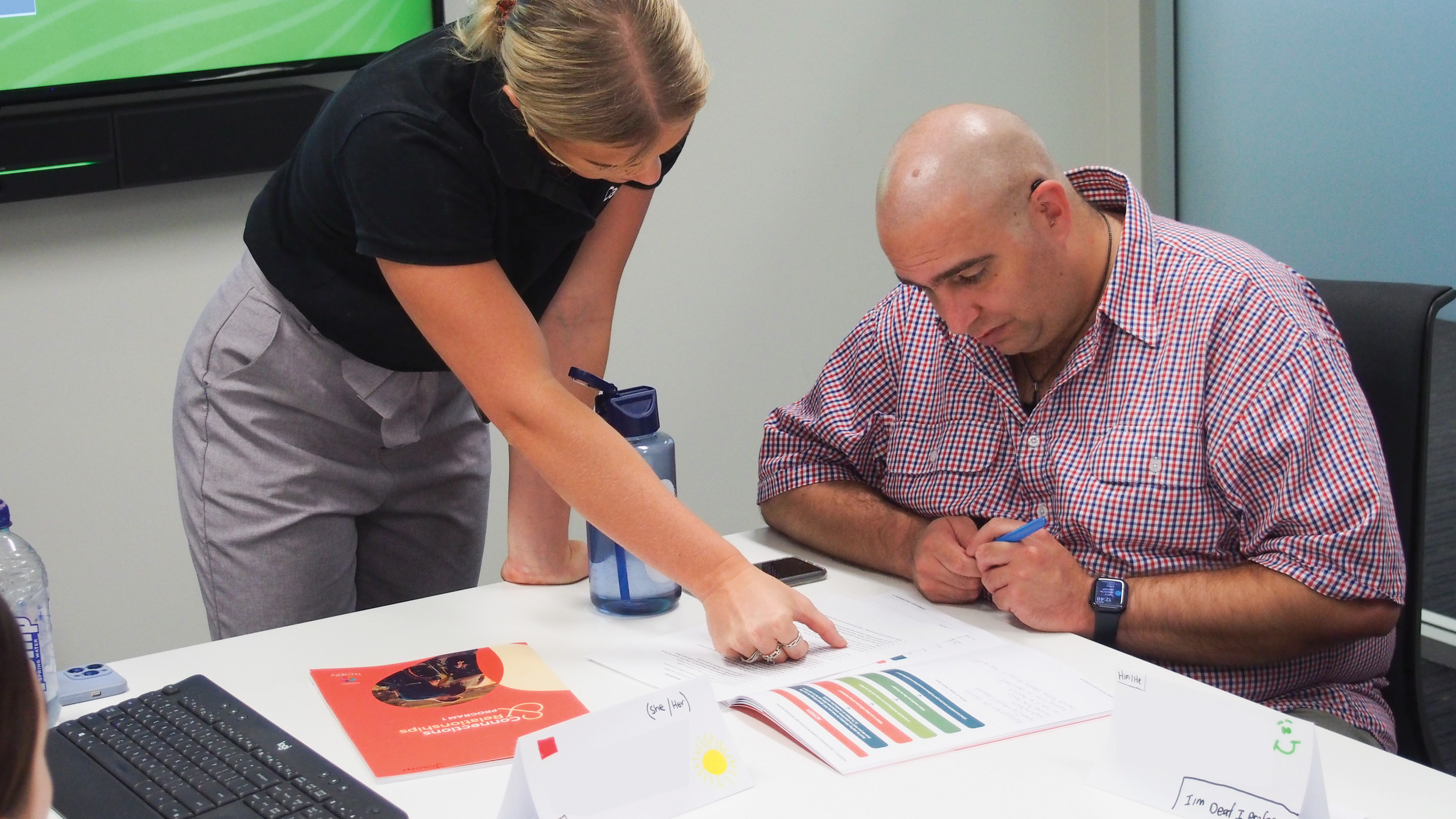21 March 2020
NDIS plans to be extended by up to 24 months, ensuring continuity of support and increasing capacity of NDIA staff to focus on urgent and required changes to plans.
Face to face planning shifted to telephone meetings where possible.
Action plan to ensure NDIS participants and their families continue to receive the essential disability supports they need.
Proactive outreach to high-risk participants and sharing of data with states and territories to ensure continuity of supports.
Financial assistance to providers to support retention of workers including advance payments, 10 per cent COVID-19 loading on some supports and changes to cancellation policies.
Following discussions of the COAG Disability Reform Council, Minister for the National Disability Insurance Scheme, Stuart Robert, today announced new measures to ensure essential support is in place for NDIS participants, workers and providers through the COVID-19 outbreak.
‘We have been consulting with NDIS, disability and health stakeholders to understand what actions we need to take to minimise the impact that COVID-19 may have on people with disability, their families, and the network of providers and workers that support them,’ Mr Robert said.
‘We have a concerted and responsive plan of action to ensure that people with disability can continue to receive the support they need, and that providers have what they need to continue delivering their essential services in these extraordinary circumstances.
‘I also want to be clear, we can and will make further changes as required. The Department of Social Services, National Disability Insurance Agency (NDIA) and NDIS Quality and Safeguards Commission (NDIS Commission), are working with the Department of Health, states and territories, and NDIS stakeholders to monitor our response and will make further recommendations if required.’
To allow NDIA staff to direct their focus on urgent changes to participant plans as a result of the impacts of COVID-19, we have allowed NDIS plans to be extended by up to 24 months, ensuring continuity of support.
Telephone meetings are being offered to all current and potential NDIS participants as a safer way to continue service delivery, including for new plans and plan reviews, during the current phase of the COVID 19 outbreak.
The NDIA will also take a flexible approach to amending plans and, where necessary, shift capacity building funding to funding for core supports, in consultation with special teams of planners in the NDIA.
Access to essential supports for NDIS participants is a priority in the COVID-19 response.
‘We are closely monitoring for any new service gaps that might open. If usual services cannot be delivered by a provider, the NDIA will work with states and territories to source an alternative provider who can step in to provide the required essential services,’ Mr Robert said.
Participants should contact the NDIA on 1800 800 110 if they need to talk to a planner, make changes to their plan or are having trouble sourcing services due to COVID-19.
Importantly, the new measures work to identify and give extra support to those people with disability who have complex needs or run a higher risk of infection.
‘The NDIA will be contacting targeted higher risk NDIS participants to ensure these people continue to receive the essential disability related supports they need, while also sharing the same data with states and territories to assist them with their continuity of services,’ Mr Robert said.
More information for NDIS participants and their families and carers is available on the NDIS website.
‘We are also providing financial assistance to help NDIS providers remain viable and to retain their staff,’ Mr Robert said.
Registered NDIS providers may receive a one-month advance payment based on a monthly average supports delivered in the previous three month period – to provide immediate cash flow relief.
To cover the additional costs of service delivery for existing supports, a 10 per cent COVID-19 loading will be added to price limits for certain supports for up to six months.
Additionally, increased flexibility of the NDIA’s cancellation pricing policy will allow providers to charge the full 100 per cent for the price of a cancelled service, and the definition of ‘short notice cancellation’ will also be broadened.
Further work is currently underway to develop measures to source additional disability support workers to provide high quality care to NDIS participants should the need arise. This will include the upskilling of displaced workers from other industries and matching existing and new workers to areas where there is a demand for services.
The Department of Health has developed specific advice on Personal Protective Equipment (PPE) when looking after people who are confirmed to have, or suspected of having, COVID-19.
There is also a free training module for support workers, including those in the disability sector, about infection prevention and control for COVID-19.
Further information on COVID-19, what people can do to protect themselves and people they are caring for is available at www.health.gov.au or on 1800 020 080.
More information for NDIS providers and disability support workers is available on the NDIS website and the NDIS Commission website.
(source https://www.ndis.gov.au/news/4659-new-measures-support-ndis-participants-and-providers-through-covid-19?fbclid=IwAR0Sq14fvEiPZIgLnSFEWKt3xdVz1okUiPX7zu2Ghl9bLsVjTXpvB3ftoc0)



















